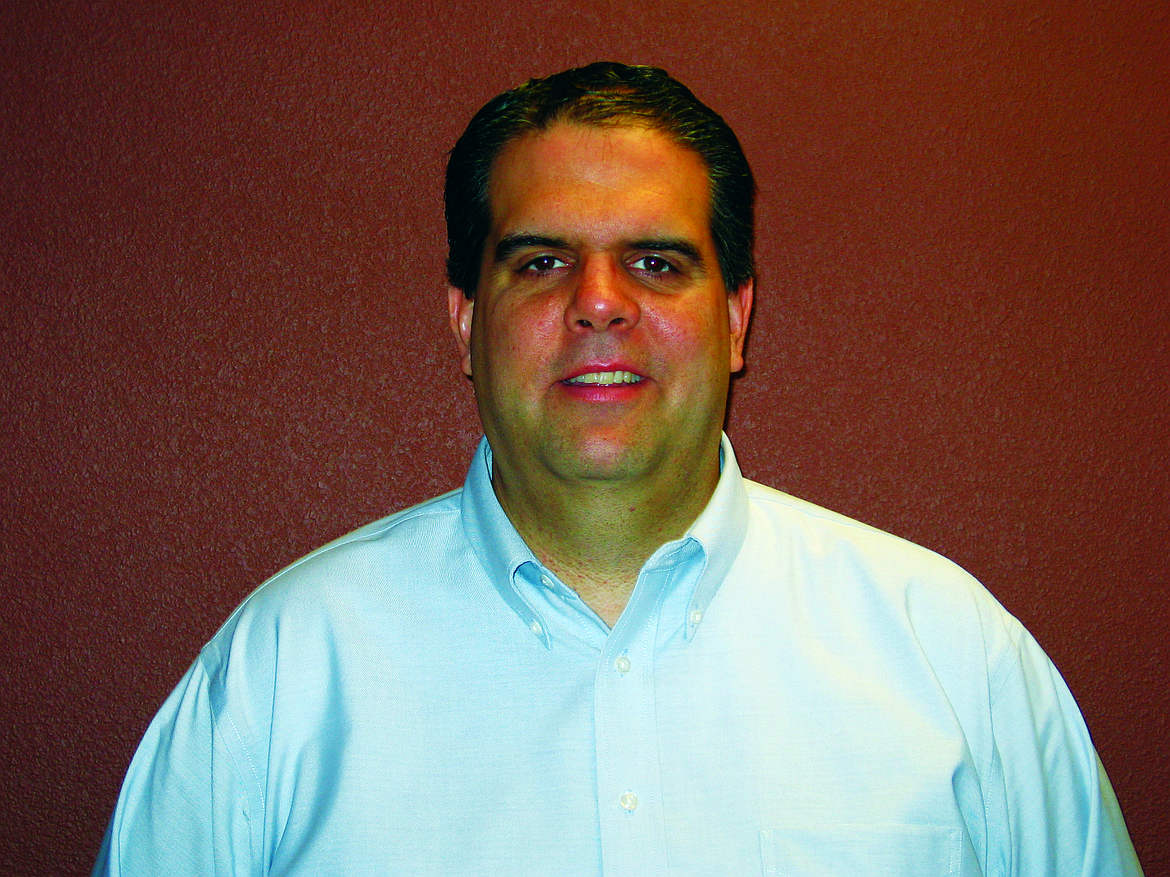ADVERTISING: Advertorial — What to look for in a concussion?
“A concussion is a type of traumatic brain injury that is caused by a blow to the head or body, a fall, or another injury that jars or shakes the brain inside the skull.” Most people think that you only get a concussion if you hit your head, not true. A blow elsewhere on the body can cause a concussion even if an athlete does not hit their head directly. If an athlete, especially a child gets tackled hard enough that can result is a concussion. Concussions can range from mild to severe, and athletes can get a concussion even if they are wearing a helmet.
Athletes do not have to be “knocked out” to have a concussion. In fact, less than 1 out of 10 concussions result in loss of consciousness. Concussion symptoms can develop right away or up to 48 hours after the injury. Ignoring any signs or symptoms of a concussion puts your child’s health at risk!
According to the Sports Concussion Institute, “Research suggests that if someone has already received one concussion, they are 1-2 times more likely to receive a second one. If they've had two concussions, then a third is 2-4 times more likely, and if they've had three concussions, then they are 3-9 times more likely to receive their fourth concussion.”
Unfortunately female athletes are not immune to concussion. Female athletes are more likely to sustain a concussion then males athletes and they tend to take longer to recover.
Signs observed by parents
• Appears dazed or stunned
• Confused about assignment or position
• Forgets plays, score or opponent
• Moves clumsily
• Answers questions slowly
• Loses consciousness (even briefly)
• Shows behavior or personality changes (irritability, sadness, nervousness, feeling more emotional).
• Can’t recall events before or after hit or fall
Symptoms reported by athlete (but does need to have all these)
• Any headache or “pressure” in head
• Nausea or vomiting
• Balance problems or dizziness
• Double or blurry vision
• Sensitivity to light and/or noise
• Feeling sluggish, hazy, foggy or groggy
• Concentration or memory problems
• Does not “feel right.”
• Trouble falling asleep
• Sleeping more or less than usual
Your child must be honest
Encourage your athlete to be honest with you, their coach and your health care provider about their symptoms. Many young athletes get caught up in the moment and/or feel pressured to return to sports before they are ready. It is better to miss one game than the entire season… or risk permanent damage!
No athlete should return to activity on the same day they get a concussion.
Athletes should NEVER return to practices/games if they still have ANY symptoms.
Parents and coaches should never pressure any athlete to return to play.
The dangers of returning too soon
Returning to play too early may cause Second Impact Syndrome (SIS) or Post-Concussion Syndrome (PCS). SIS occurs when a second blow to the head happens before an athlete has completely recovered from a concussion. This second impact causes the brain to swell, possibly resulting in brain damage, paralysis, and even death. PCS can occur after a second impact. PCS can result in permanent, long-term concussion symptoms. The risk of SIS and PCS is the reason why no athlete should be allowed to participate in any physical activity before they are cleared by a qualified health care professional.
• • •
Dr. Wayne M. Fichter Jr. is a chiropractor at Natural Spine Solutions. The business is located at 3913 Schreiber Way in Coeur d’Alene. For more information, please contact us at 208-966-4425.

